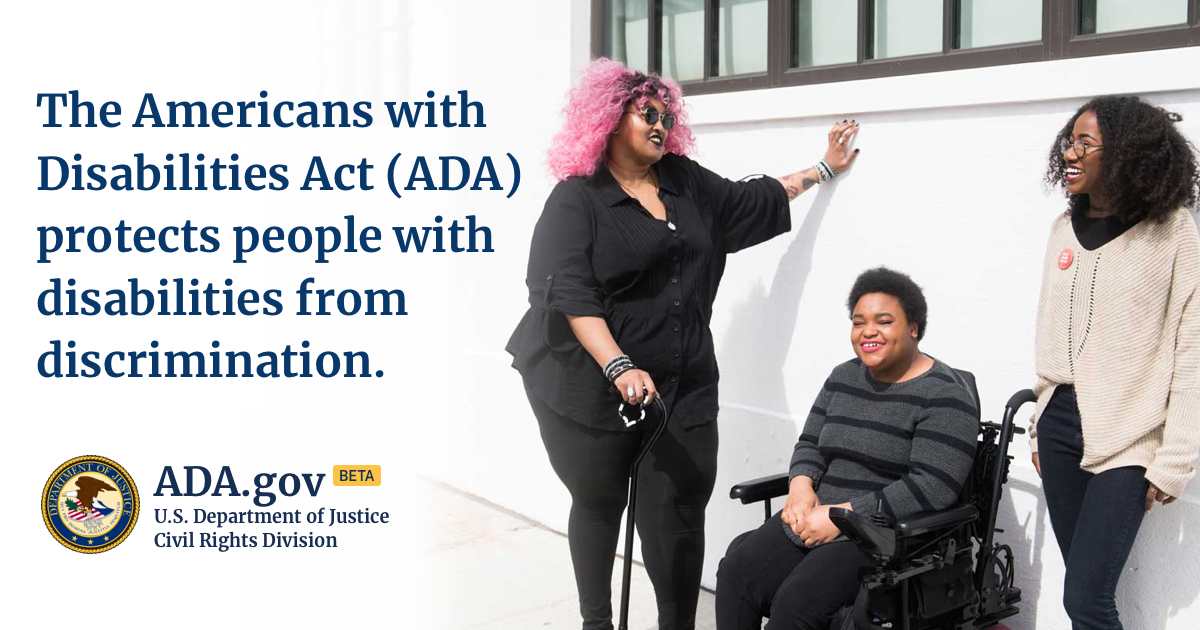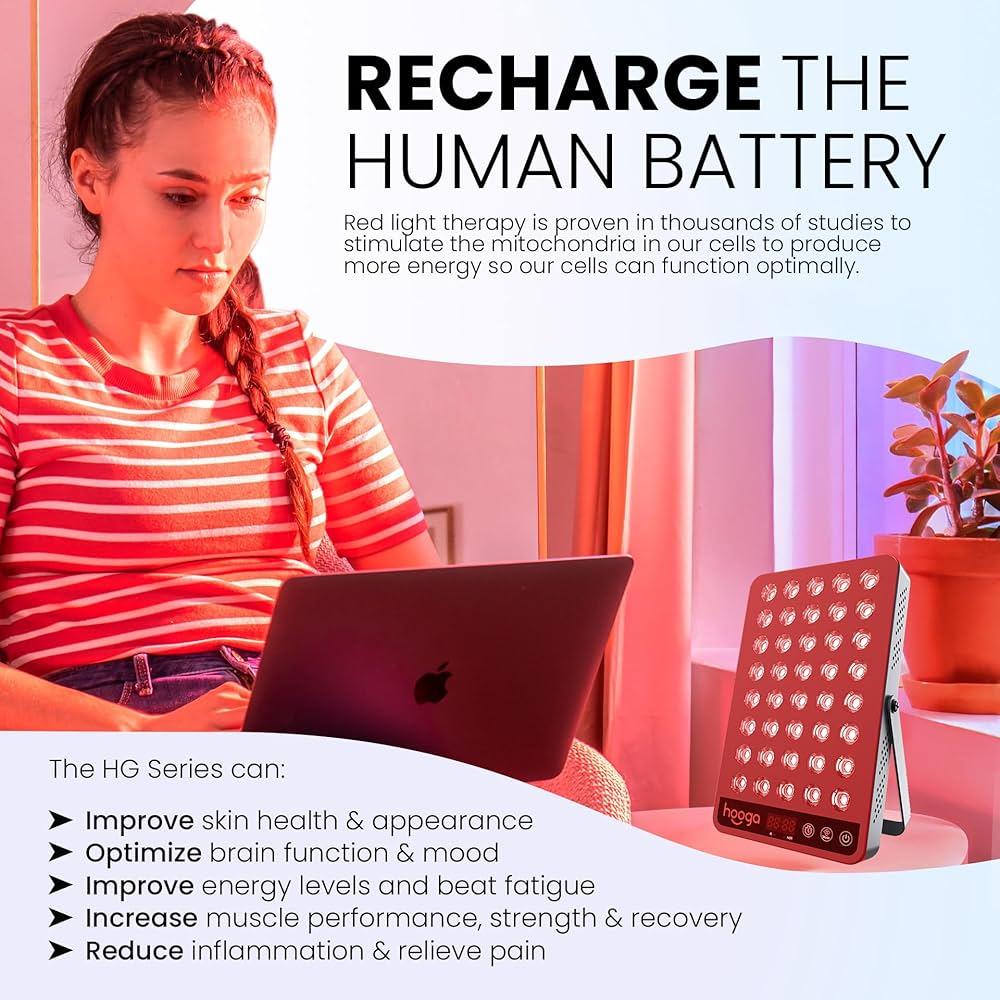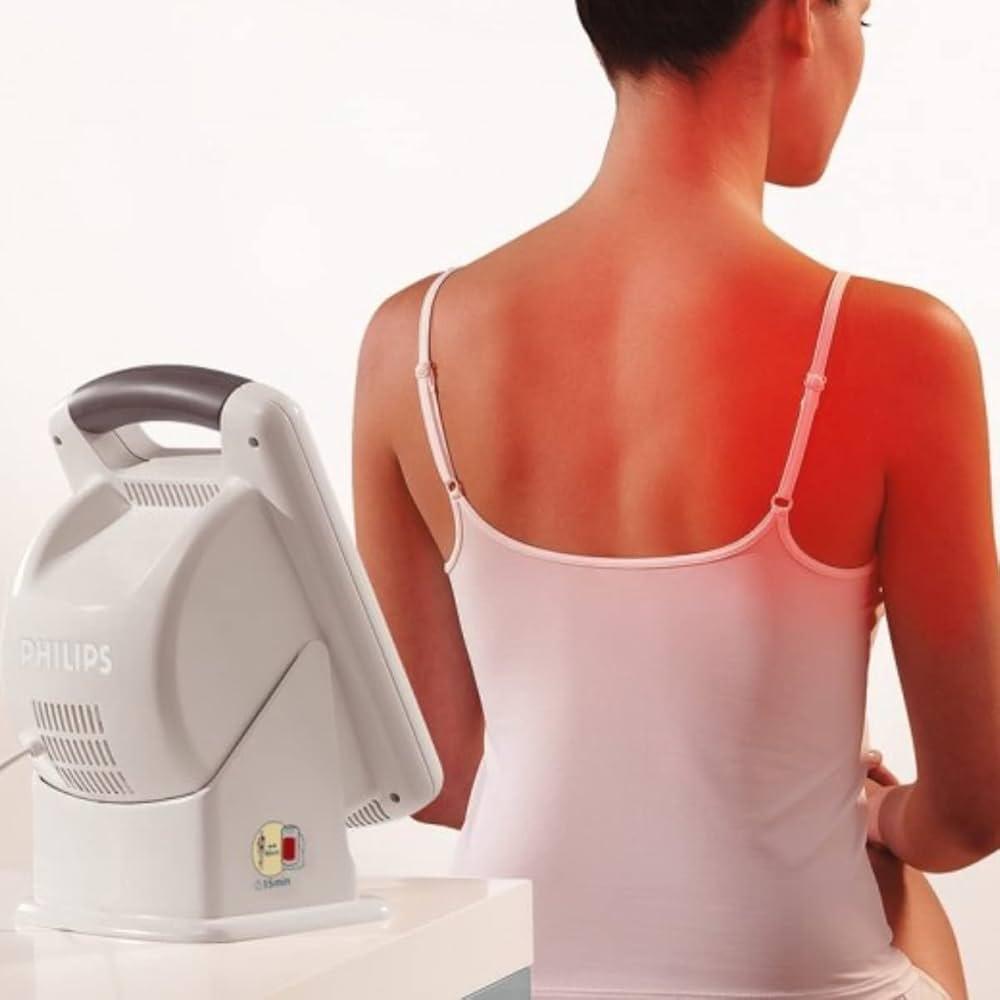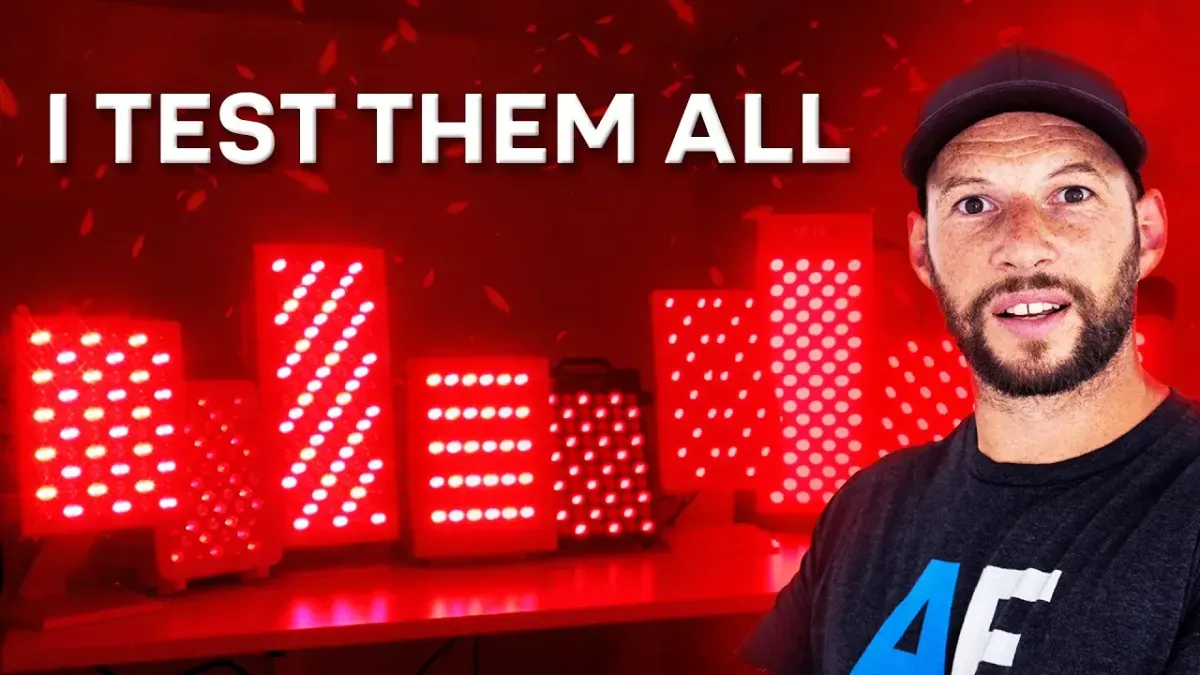In the ever-evolving landscape of health and wellness, red light therapy (RLT) has emerged as a powerhouse for those seeking non-invasive solutions to a myriad of concerns, from skin rejuvenation and pain relief to improved sleep and muscle recovery. As a leading expert for Glow Pulse Therapy, I understand the desire for effective solutions without breaking the bank. This comprehensive guide will equip you with the knowledge to navigate the market and find the best red light therapy devices under $500 for the 2025 edition, ensuring you make an informed and impactful purchase. We’ll delve into what truly matters when evaluating these devices, focusing on value, performance, and real-world applicability.
Unlocking the Power of Red Light Therapy
Red light therapy, also known as photobiomodulation (PBM), involves exposing the body to specific wavelengths of red and near-infrared (NIR) light. These wavelengths penetrate the skin, reaching cells and mitochondria, where they stimulate cellular repair and regeneration. The science behind it is robust, showing promising results for a wide range of applications. But why has it become so popular, and what makes it a compelling investment, even on a budget?
The appeal lies in its non-pharmacological approach and minimal side effects, offering a natural boost to the body’s own healing mechanisms. From athletes seeking accelerated recovery to individuals looking to diminish the signs of aging, RLT offers a versatile tool. Our focus here is on discovering devices that deliver genuine therapeutic benefits without demanding a premium price tag, proving that effective red light therapy is accessible to all.
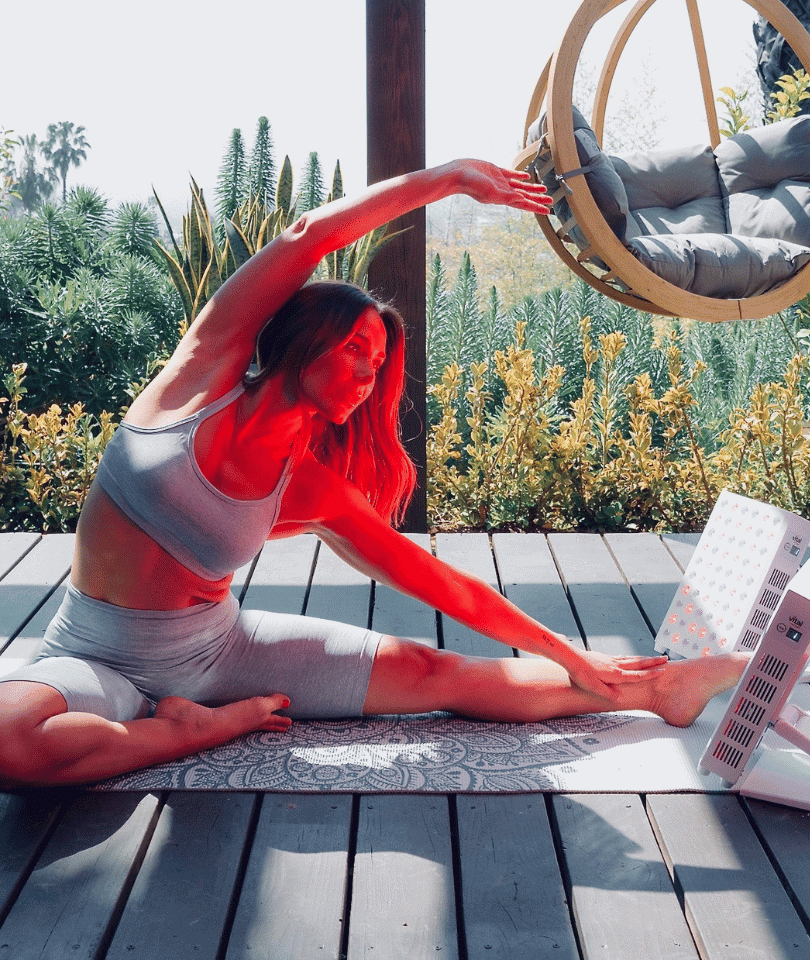 A modern red light therapy panel set up for home use, showcasing the red and near-infrared LEDs activated.
A modern red light therapy panel set up for home use, showcasing the red and near-infrared LEDs activated.
The Science Behind Red Light and Near-Infrared
Understanding the underlying mechanisms is crucial for appreciating the value of RLT. Red light (typically 630-670nm) is excellent for surface-level skin issues, promoting collagen production, reducing inflammation, and aiding wound healing. Near-infrared light (810-850nm) penetrates deeper into tissues, muscles, and bones, offering benefits for pain relief, muscle recovery, and cellular regeneration in internal organs. The synergy of these two wavelengths is often what makes devices most effective.
“Many people are surprised to learn that you don’t need to spend thousands to get tangible benefits from red light therapy. Focusing on the right wavelengths and power density within your budget is far more important than brand hype.”
— Dr. Evelyn Reed, Cellular Biologist and RLT Enthusiast
Essential Factors for Budget-Friendly RLT Devices
When you’re aiming to find the best red light therapy devices under $500, there are critical factors that separate effective units from mere light sources. Don’t fall for marketing gimmicks; instead, prioritize these key specifications:
- Wavelengths: Look for devices that combine both red (e.g., 630nm, 660nm) and near-infrared (e.g., 810nm, 830nm, 850nm) wavelengths. This ensures a broader range of therapeutic benefits. Some devices might offer only one, which limits their versatility.
- Irradiance/Power Density: This is perhaps the most crucial factor. Irradiance (measured in mW/cm²) indicates how much light energy is delivered to your body. Higher irradiance means shorter treatment times and more effective penetration. For home use, aim for at least 50 mW/cm² at the treatment distance. Many budget devices might fall short here, requiring longer sessions or delivering less potent results.
- Flicker-Free LEDs: Cheaper devices sometimes use LEDs that flicker, which can cause eye strain or headaches. Ensure the device explicitly states it uses flicker-free technology.
- EMF Emissions: Some devices, particularly larger panels, can emit electromagnetic fields. While the health implications are debated, many users prefer low-EMF devices. Check if the manufacturer provides EMF readings.
- Coverage Area & Portability: Are you treating a specific area (e.g., face, joint) or a larger part of your body? Handheld devices are great for targeted relief, while smaller panels offer broader coverage. Portability might be key if you travel or have limited space.
- Build Quality & Durability: A device under $500 should still feel robust. Look for solid construction, quality materials, and a good warranty. You want something that will last.
- Timer & Controls: Basic features like an automatic shut-off timer are essential for safety and convenience. Adjustable intensity levels can also be a plus.
Navigating Device Types
Within the under-$500 category, you’ll primarily find three types of red light therapy devices:
- Handheld/Targeted Devices: These are perfect for spot treatment on specific areas like joints, small muscle groups, or the face. They are usually highly portable and easy to use.
- Small to Medium-Sized Panels: These offer a larger treatment area, ideal for treating your back, chest, or multiple body parts simultaneously. They often come with stands or can be mounted.
- Red Light Therapy Masks/Wraps: Primarily for facial rejuvenation, these offer convenience and hands-free treatment. Wraps can be used for specific body parts.
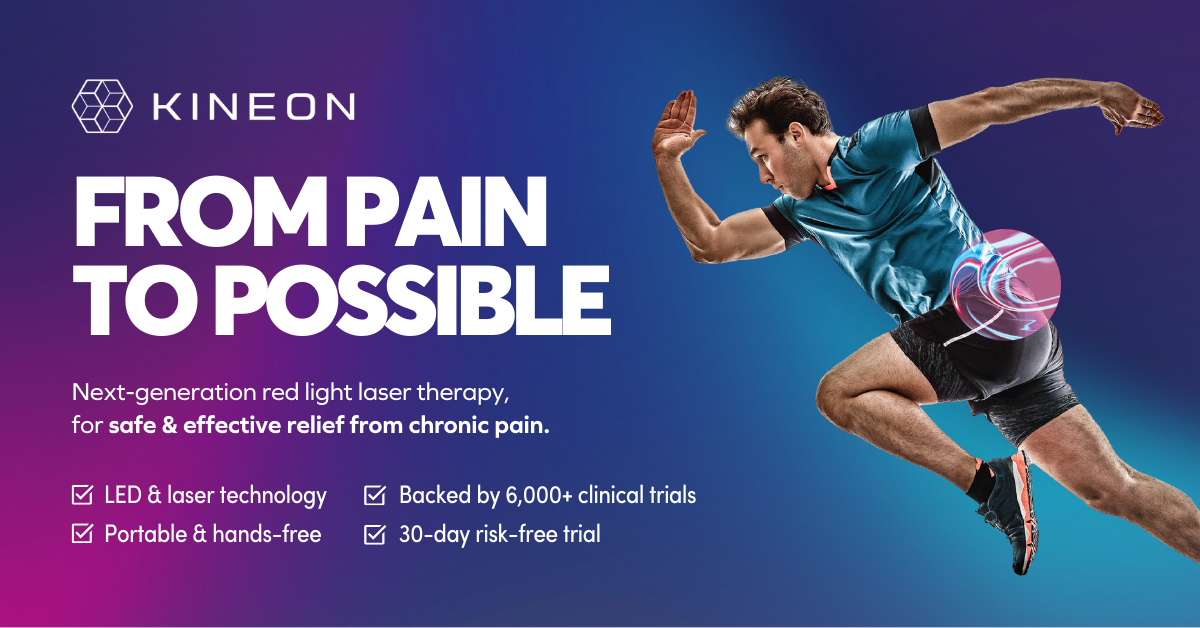 A user holding a sleek, portable red light therapy device, demonstrating its ease of use for targeted treatment on their hand or arm.
A user holding a sleek, portable red light therapy device, demonstrating its ease of use for targeted treatment on their hand or arm.
Our Top Picks: Best Red Light Therapy Devices Under $500 (2025 Edition)
While we can’t name specific brands that might change models or prices, we can highlight the types of devices that consistently deliver within this budget, along with what to look for when you’re making your choice.
1. The Versatile Handheld Wand
For targeted relief and facial applications, a quality handheld red light therapy wand is often the best entry point.
- What to look for: Dual red (660nm) and near-infrared (850nm) wavelengths, minimum 60 mW/cm² irradiance at 1 inch, rechargeable battery, and a durable metal casing.
- Why it’s great under $500: These are often very well-made and can deliver concentrated power to specific areas. They are fantastic for anti-aging around the eyes, treating acne spots, or relieving localized joint pain.
- Typical Features: Auto-timer, often waterproof, compact design.
“My portable red light wand is indispensable. It’s so easy to grab for quick treatments on a sore knee after a run, or for a rejuvenating facial session. The convenience alone makes it a worthwhile investment.”
— Christopher Lowe, Fitness Enthusiast and Wellness Blogger
2. The Compact Desktop Panel
If you need a larger treatment area than a wand but don’t have space or budget for a full-body panel, a compact desktop panel is an excellent choice.
- What to look for: Panels with 60-100 LEDs, offering both 660nm and 850nm, with an irradiance of at least 70 mW/cm² at 6 inches. Adjustable stand is a big plus.
- Why it’s great under $500: These provide a significant surface area for treating the back, chest, or legs. They are a good balance of coverage and affordability.
- Typical Features: Built-in fan for cooling, optional wall-mounting kit, simple on/off controls, often with separate switches for red and NIR.
3. The Therapeutic RLT Mask
For those prioritizing facial aesthetics, a dedicated red light therapy mask can be a game-changer.
- What to look for: Flexible silicone masks are often more comfortable than rigid plastic. Multiple wavelengths (630nm, 660nm, and 850nm preferred), and comfortable fit.
- Why it’s great under $500: While some high-end masks exceed this budget, many effective models for collagen boosting and acne reduction are available. The hands-free nature is a huge advantage.
- Typical Features: USB rechargeable, multiple intensity settings, comfortable eye protection.
Maximizing Your Red Light Therapy Results
Getting the best red light therapy devices under $500 is just the first step. To truly unlock their potential, consider these tips:
- Consistency is Key: Regular, consistent use yields the best results. Aim for 3-5 sessions per week, 10-20 minutes per session.
- Proper Distance: Follow the manufacturer’s recommendations for distance from the device. Too close can be too intense, too far dilutes the energy.
- Clean Skin: Ensure your skin is clean and free of makeup, lotions, or sunscreens, as these can block light penetration.
- Eye Protection: While red light is generally safe for eyes, the intensity of the LEDs can be uncomfortable. Many devices come with protective goggles; use them, especially for panels.
- Hydration and Nutrition: Support your body’s cellular repair processes by staying hydrated and maintaining a nutrient-rich diet.
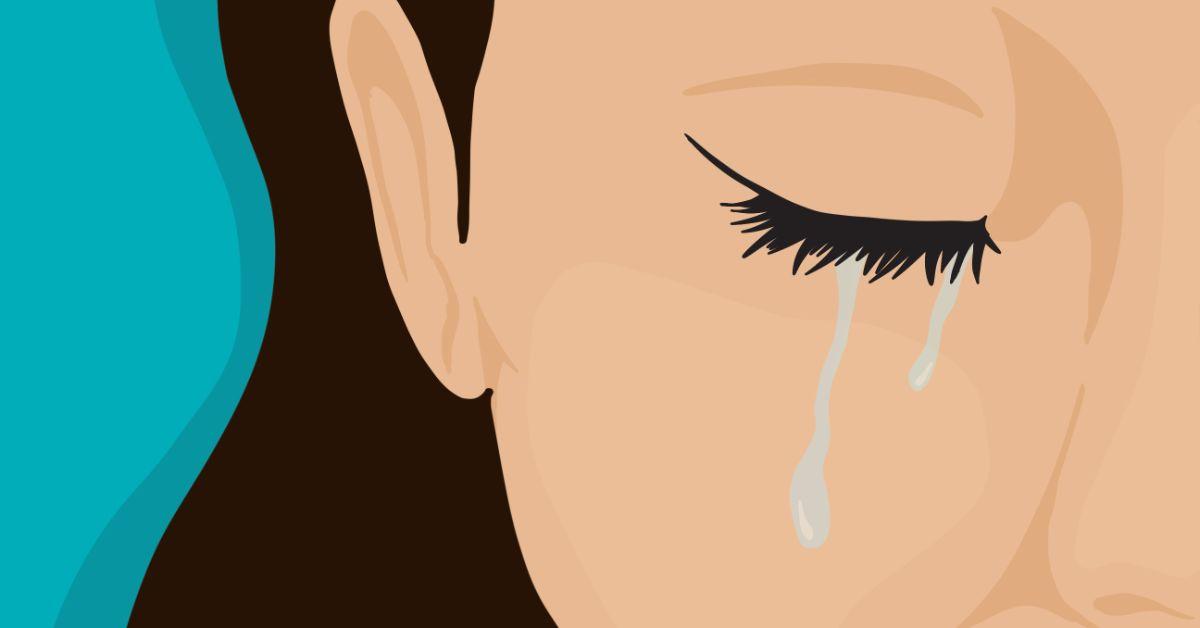 A close-up of a person's face under soft red light, illustrating the skin rejuvenating benefits of red light therapy, with a glowing, healthy complexion.
A close-up of a person's face under soft red light, illustrating the skin rejuvenating benefits of red light therapy, with a glowing, healthy complexion.
Pros and Cons of Budget Red Light Therapy Devices
Even the best red light therapy devices under $500 come with their own set of advantages and limitations.
Pros:
- Cost-Effective Entry: Makes RLT accessible to a wider audience without a huge initial investment.
- Targeted Treatment: Many budget devices excel at treating specific areas effectively.
- Portability: Handheld and smaller panels are often very portable, allowing for therapy on the go.
- Proven Benefits: When chosen wisely, these devices can still deliver significant therapeutic results for skin, pain, and recovery.
- Home Convenience: Enjoy therapy sessions at your leisure, in the comfort of your own home, without needing clinic appointments.
Cons:
- Lower Irradiance: Compared to professional or high-end devices, budget options may have lower power density, potentially requiring longer treatment times for similar effects.
- Smaller Coverage Area: Full-body panels are typically out of this price range, meaning larger areas require more time and repositioning.
- Fewer Features: May lack advanced features like pulsing modes, app control, or complex timer settings.
- Build Quality Variability: Quality can vary significantly between brands, so careful research is essential.
- EMF Concerns: Some cheaper models might not prioritize low-EMF emissions.
Conclusion: Making Your Informed Choice for 2025
Choosing the best red light therapy devices under $500 in 2025 means focusing on smart compromises, not sacrificing effectiveness. While you won’t get a full-body commercial-grade panel for this price, you can absolutely find highly effective handheld devices, targeted panels, or facial masks that deliver genuine therapeutic benefits. Prioritize devices with verified wavelengths (660nm and 850nm) and decent irradiance. Look for reputable brands with transparent specifications and good customer reviews.
For those new to red light therapy, a handheld wand or a compact panel is an excellent starting point, offering versatility and significant benefits for a modest investment. If your primary goal is anti-aging, a dedicated RLT mask could be your best bet. Remember, the true value lies in consistent use and understanding how the device’s specifications align with your specific needs. Equip yourself with this knowledge, and you’ll be well on your way to experiencing the transformative power of red light therapy. Don’t wait; empower your wellness journey today!
 A person thoughtfully examining different red light therapy devices on a table, symbolizing the decision-making process for choosing the right one.
A person thoughtfully examining different red light therapy devices on a table, symbolizing the decision-making process for choosing the right one.
FAQ: Your Questions About Budget Red Light Therapy Answered
Q1: What is the most important factor when buying a red light therapy device under $500?
The most important factor is irradiance (power density), typically measured in mW/cm². This determines how much light energy reaches your cells and therefore how effective your sessions will be. Aim for devices with at least 50 mW/cm² at the recommended treatment distance.
Q2: Can budget red light therapy devices actually be effective?
Yes, absolutely. While they may not offer the same power or coverage as professional-grade units, many devices under $500 provide sufficient irradiance and the correct wavelengths (660nm red and 850nm near-infrared) to deliver noticeable therapeutic benefits for skin health, pain relief, and muscle recovery when used consistently.
Q3: How often should I use my red light therapy device for best results?
For optimal results, aim for 3-5 sessions per week, with each session lasting 10-20 minutes per treated area. Consistency is key, so integrate it into your routine.
Q4: Are there any side effects from using red light therapy devices?
Red light therapy is generally considered very safe with minimal side effects. Some users might experience temporary eye strain if not using protective eyewear, or mild skin redness. Always follow manufacturer guidelines and use recommended eye protection.
Q5: What wavelengths are best for red light therapy?
The most therapeutically effective wavelengths are typically around 660nm (red light) for surface-level benefits like skin health and wound healing, and 850nm (near-infrared light) for deeper penetration, targeting muscle recovery, joint pain, and internal cellular processes. Look for devices that offer both.
Q6: Can I use a budget red light therapy device for full-body treatment?
While devices under $500 usually don’t offer full-body coverage in a single session, you can still treat your entire body by segmenting your sessions. For example, you might treat your back, then your legs, then your chest in separate 10-20 minute sessions. This requires more time but is entirely feasible.
Q7: How long does it take to see results from red light therapy?
Results vary based on the individual, the condition being treated, and the consistency of use. Some people report feeling benefits like pain reduction or improved sleep within a few sessions, while visible changes in skin appearance or significant muscle recovery may take 4-12 weeks of consistent use.
